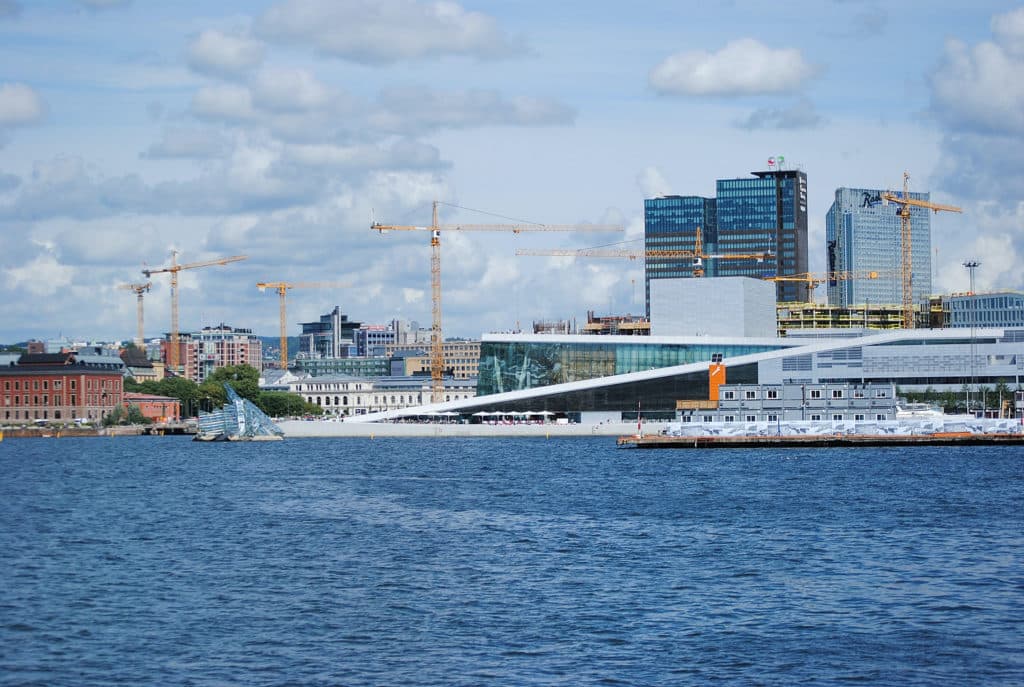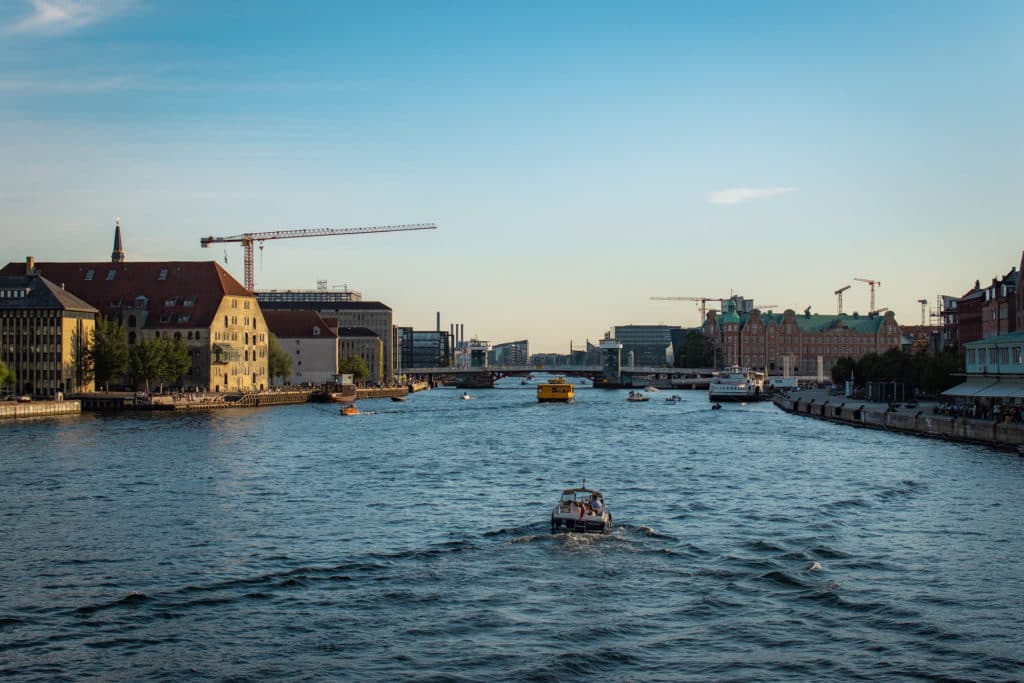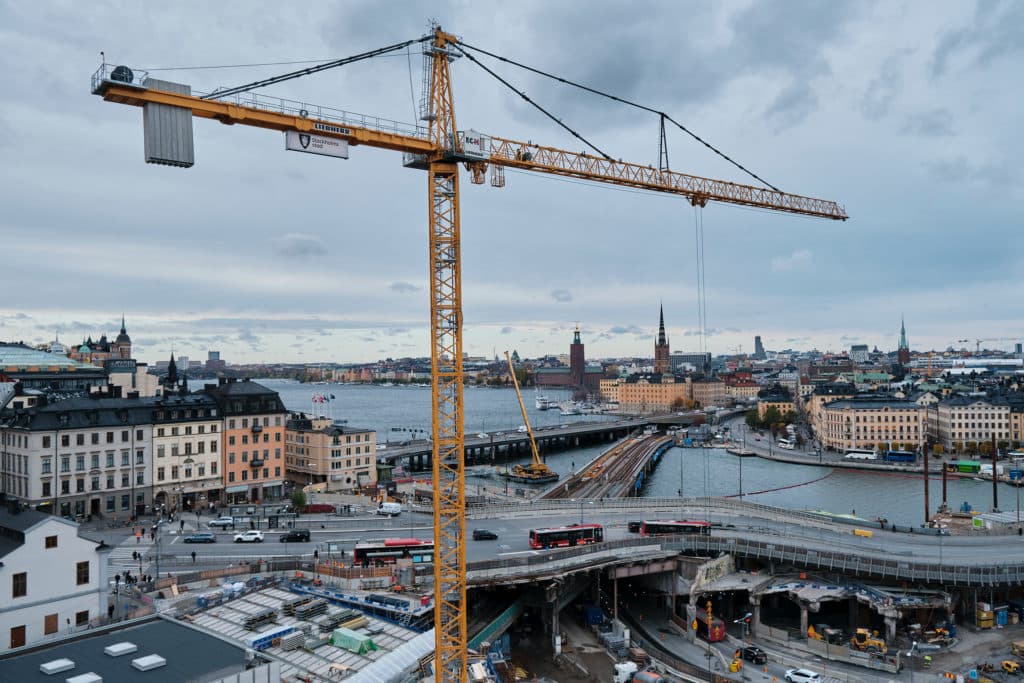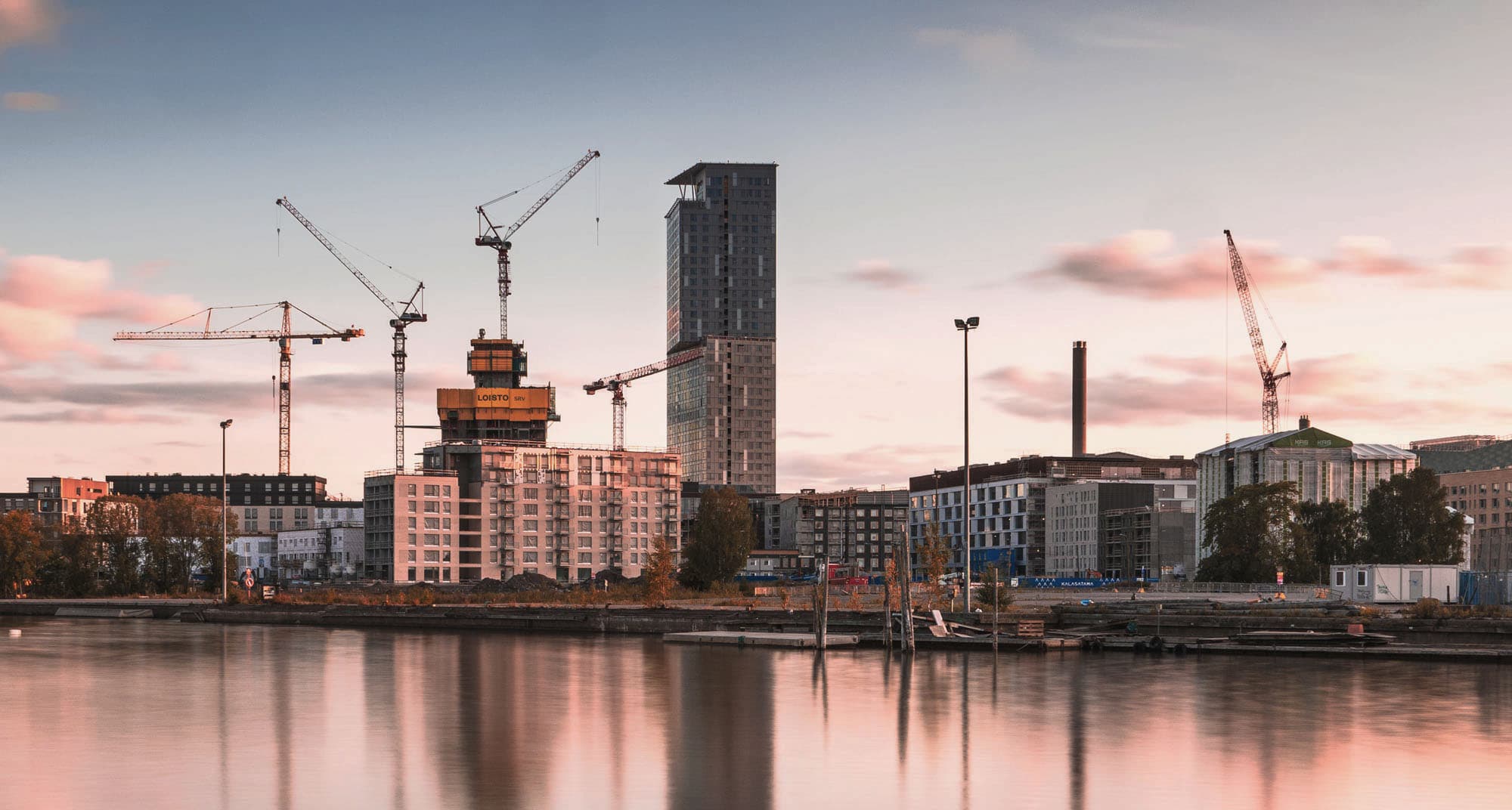In our latest blog in the series of emission-free construction, we covered the basics and looked into the benefits of shifting towards zero emissions at the construction sites.
Summary: Zero-emission construction – building a healthier and safer world
The global construction industry produces 23% of the world’s total CO2 emissions. [Bellona]
The 3 most polluting construction site elements are 1) transport and production of construction materials, 2) tools and machinery powered by combustion generators, and 3) construction site transport.
The benefits of zero-emission construction: 1) Decrease in emissions and pollution, 2) improved quality of life in cities, 3) safe and pleasant work environment for workers, and 4) a significant decrease in operating costs.
You can read the entire previous blog from here.
3 European cities leading the way in zero-emission construction
This time we will look into the leading cities in the field of zero-emission construction. Many European cities are working towards lowering emissions on a city level, and construction is one of the sectors taken into account here. In this blog, we will take a more in-depth look at three European cities, Oslo, Stockholm, and Copenhagen, who are all working towards zero-emission construction with clear goal-setting and different initiatives. All of the cities have committed to clean construction as part of their city climate strategies.
Oslo
The city of Oslo (Norway) has set up a goal to reduce climate gas emissions by 95% and to reduce fossil fuel use completely by 2030. Construction machinery plays a big role, as it’s estimated that 30% of Oslo’s traffic emissions are generated from construction machinery. To reduce the emissions specifically in the area of construction, the city of Oslo has started replacing diesel-driven tools and machinery with fossil-free alternatives. In 2019, the first emission-free construction site in the world began working in downtown Oslo. [City of Oslo]
Oslo can truly be seen as the city leader in the field of zero-emission construction. The goals set by the city and wide discussion around the topic have pressured Norwegian companies to comply with the standards and aim for lower emissions in their construction work. Construction projects worth 5 million € or more, are required to use at least zero-emission heating and drying equipment. In addition, the contractors using more zero-emission machinery in projects this worth, are given a bonus in terms of award criteria for the environment. [Bellona]

Oslo, Norway (picture from Unsplash)
Copenhagen
The city of Copenhagen (Denmark) aims to become climate neutral by 2025, and fossil-free by 2023 as a part of their climate strategy. As one part of this strategy, the city of Copenhagen has committed to build and renovate buildings according to low energy principles. [Bellona]
Copenhagen is promoting the transformation from fossil fuels to either biofuels or completely fossil-free machinery [C40 Cities]. Copenhagen works to purchase only fossil-free fuels for their machinery, and for public procurement and city-supported projects, they will demand fossil- and emission-free solutions [GCR].

Copenhagen, Denmark (picture from Unsplash)
Stockholm
Stockholm (Sweden) aims to be a fossil-fuel-free and climate-positive city by 2040. This goal includes multiple sectors, construction and building work being one of them. At the moment, the machinery used in construction and plant fields produces 5% of Stockholm’s GHG emissions [Bellona].
Stockholm is working on evaluating the environmental impact of a building process together with Swedish Construction Federation and the Swedish Research Institute [GCR]. This life-cycle analysis looks into building processes from multiple perspectives: for example, the choice of materials and the use of machinery. The aim of the initiative is to work towards the most climate-friendly and efficient solutions in the field of construction. [C40 Cities]

Stockholm, Sweden (picture from Unsplash)
We at instagrid are a part of an EU Life-project “Cleaner air in the cities”, which aims to reduce construction emissions in European cities. This blog was our second part in the series of looking deeper into the zero-emission construction – stay tuned for our next part on the ways electrification of construction machinery can benefit construction sites in the journey towards zero emissions**.
Request a call
We’re here to help. Whether you have a question, want to talk through your own applications or book a demo, our team is ready to call you back. Simply fill out the form and we’ll be in touch soon.
